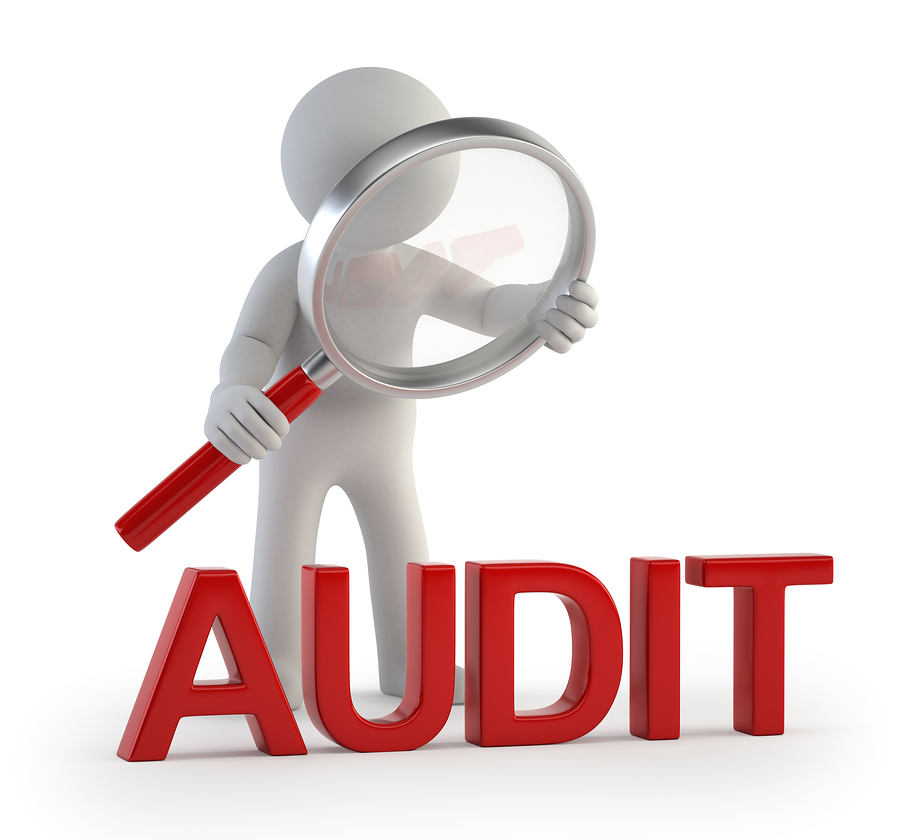Auditing plays a vital role in ensuring the accuracy and integrity of financial statements. With the rise of complex financial transactions and regulatory scrutiny, organizations must employ effective auditing techniques. In this article, we’ll explore the top auditing techniques explained, helping you understand their significance and application.
Understanding Auditing Techniques
What Are Auditing Techniques?
Auditing techniques are methods used by auditors to gather, evaluate, and analyze evidence related to financial statements. These techniques help auditors form an opinion on whether the financial statements present a true and fair view of an organization’s financial position.
Why Are Auditing Techniques Important?
Effective auditing techniques are crucial for several reasons. First, they help identify potential fraud or errors in financial reporting. Second, they ensure compliance with laws and regulations. Finally, robust auditing can enhance stakeholder confidence, making it an essential component of good corporate governance.

Top Auditing Techniques
1. Risk Assessment
Overview of Risk Assessment
Risk assessment is a fundamental auditing technique that involves identifying and analyzing the risks that could affect an organization’s financial statements. By understanding these risks, auditors can focus their efforts on the areas most likely to contain errors or misstatements.
Implementation
To conduct a risk assessment, auditors typically analyze internal controls, review previous audit findings, and consider external factors that could impact financial reporting. This proactive approach enables auditors to tailor their audit plans effectively.
2. Analytical Procedures
What Are Analytical Procedures?
Analytical procedures involve evaluating financial information through comparisons and ratios. This technique helps auditors identify unusual fluctuations or trends in the data that may warrant further investigation.
How to Use Analytical Procedures
Auditors can apply analytical procedures by comparing current financial statements with prior periods or industry benchmarks. For instance, if a company’s expenses suddenly spike compared to previous years, auditors may need to investigate the reason behind this anomaly.
3. Substantive Testing
Understanding Substantive Testing
Substantive testing is a technique that involves directly verifying financial transactions to ensure their accuracy. This technique is crucial for confirming that the figures presented in financial statements are valid.
Techniques Used in Substantive Testing
Common methods of substantive testing include inspecting documents, confirming balances with third parties, and performing calculations. For example, auditors might send confirmation requests to banks to verify cash balances.
4. Sampling Techniques
What Are Sampling Techniques?
Sampling techniques allow auditors to evaluate a subset of transactions rather than examining every transaction in detail. This method saves time and resources while still providing reliable results.
Types of Sampling Techniques
Two primary types of sampling techniques are statistical sampling and non-statistical sampling. Statistical sampling uses mathematical methods to select a representative sample, while non-statistical sampling relies on the auditor’s judgment. Both methods can yield effective results when applied appropriately.
5. Internal Control Testing
Importance of Internal Control Testing
Internal control testing involves evaluating the effectiveness of an organization’s internal controls over financial reporting. Strong internal controls can prevent errors and fraud, making this technique essential for auditors.
How to Test Internal Controls
Auditors test internal controls by assessing their design and implementation. They may also perform walkthroughs, observe processes, and conduct interviews with employees to understand how controls operate in practice. If weaknesses are identified, auditors may recommend improvements.
Best Practices for Auditing
Stay Updated on Regulations
To employ effective auditing techniques, it’s crucial for auditors to stay updated on relevant regulations and standards. Changes in laws can impact auditing practices, so continuous education is essential.
Use Technology
Leveraging technology can enhance auditing efficiency and accuracy. Auditors can use data analytics tools to analyze large datasets quickly, identify trends, and detect anomalies that require further investigation.
Maintain Professional Skepticism
Professional skepticism is the mindset of questioning evidence and seeking corroboration. Auditors should remain objective and critical of the information they receive to ensure a thorough and unbiased audit process.
Conclusion
In conclusion, understanding the top auditing techniques explained in this article is essential for anyone involved in the auditing process. Techniques like risk assessment, analytical procedures, substantive testing, sampling techniques, and internal control testing provide a robust framework for effective auditing. By implementing these methods and following best practices, auditors can enhance the quality of their work and contribute to the integrity of financial reporting. Ultimately, mastering these techniques will not only benefit auditors but also strengthen the trust stakeholders place in financial statements.




